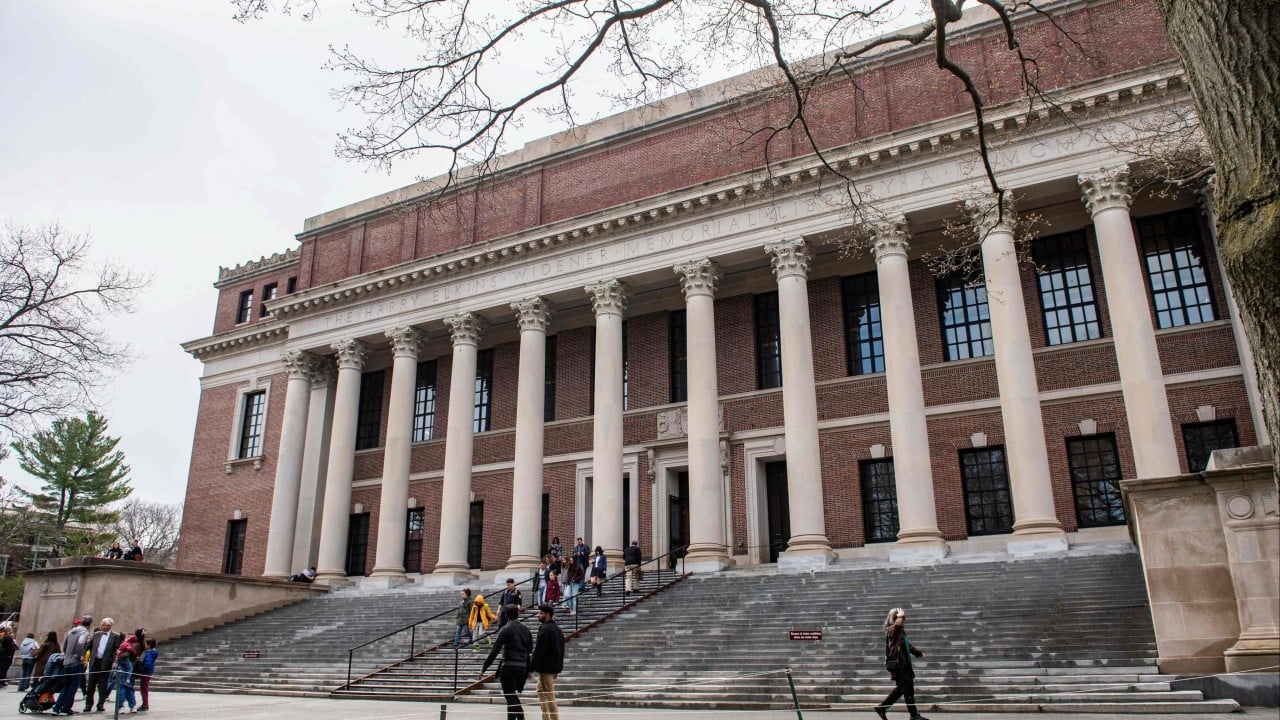As a teenager in military-ruled Myanmar, Muang* viewed a US college degree as the ultimate escape – a passport to freedom, stability and a future unbound by the limits of a junta-run state.
Advertisement
At 19, he made it. A full scholarship to one of America’s most prestigious universities marked the culmination of years of perseverance. But today, that hard-won dream feels precarious.
“You grow up in a country where it’s a dictatorship and you don’t have any opportunities to build your own life,” Muang said. “Every kid’s dream is to get a scholarship, go abroad, get their education, and work their way up to build a life and career. I was like that once.”
“Sometimes I feel the American dream is more alive in Myanmar than it is in America.”
Muang’s unease is shared by a growing number of Asian students who once saw the US as the gold standard for higher education. Amid rising visa uncertainty, harsh rhetoric and sweeping new restrictions under US President Donald Trump’s second administration, many are now asking whether the rewards of studying in the US still outweigh the risks.
Advertisement
Among the most consequential changes: the suspension of student visa interviews, threats to revoke access to elite universities such as Harvard, and a tightening net around applicants’ digital footprints.
Roughly 1.12 million international students currently enrolled in US higher education institutions now find themselves caught in the crosshairs of these shifting policies.

